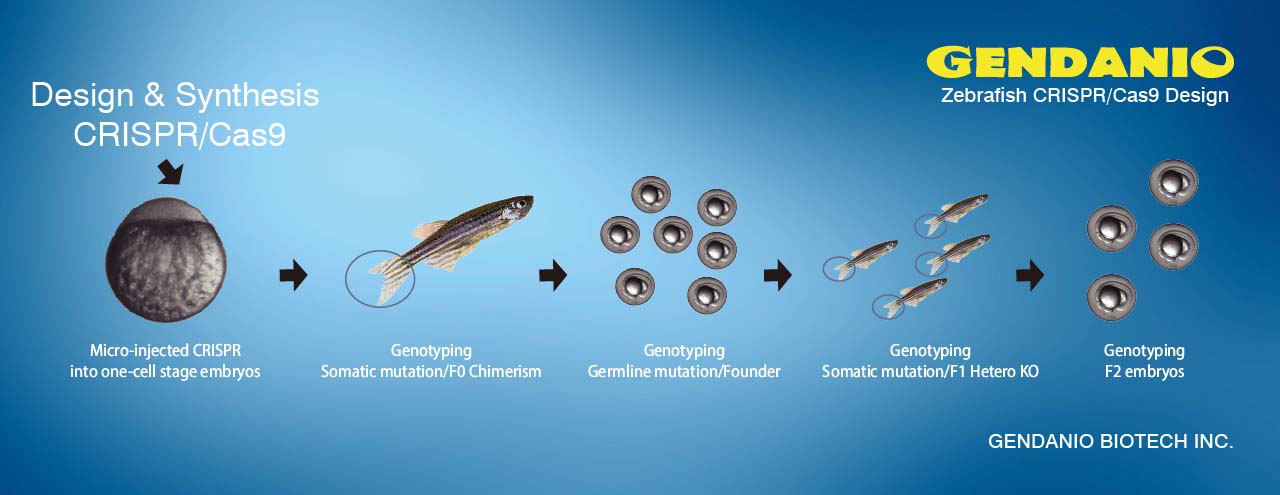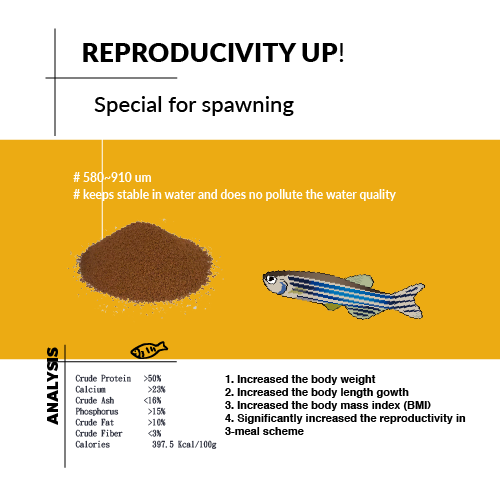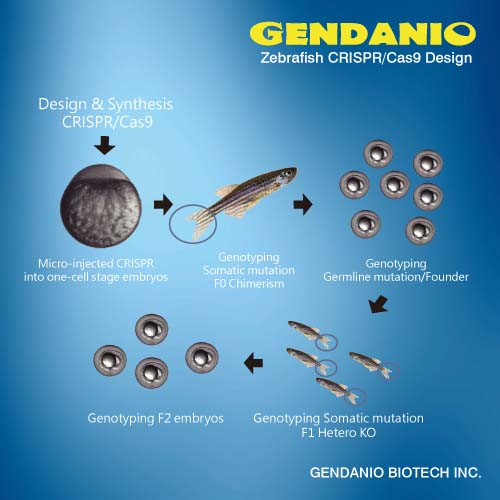ScienceDaily (July 13, 2009) — Using zebrafish, researchers at the University of Pittsburgh have identified and described an enzyme inhibitor that allows them to increase the number of cardiac progenitor cells and therefore influence the size of the developing heart. The findings are described in the advance online version of Nature Chemical Biology.
The zebrafish model has powerful advantages for studying embryonic development, said senior author Michael Tsang, Ph.D., assistant professor, Department of Microbiology and Molecular Genetics, University of Pittsburgh School of Medicine.
"This gives us a better understanding of heart development during the embryonic stage and has implications for adult disease," he noted. "As we try to create treatments that restore normal function to damaged or diseased tissues, it will help us to know the biologic pathways and signals that formed these organs whole and healthy in the first place. This information can be gained by studying developmental biology."
Zebrafish are vertebrate animals whose transparent embryos develop rapidly, are small and easy to handle and, most importantly, grow outside of the mother. In earlier work, Dr. Tsang and his team bred a line of transgenic zebrafish with the gene for green fluorescent protein linked to a key signaling pathway of fibroblast growth factors (FGFs), a family of proteins that are essential in embryonic development.
"The transgenic zebrafish embryos allow us to actually see when a drug or compound influences FGFs because the cells glow green," Dr. Tsang said. "The embryos are like biosensors for FGF signaling, showing us what's happening in real time in living animals."
For the current paper, he and colleagues focused on a small molecule called BCI, which hyperactivated FGF signaling. They then figured out how: BCI blocked the activity of an enzyme called Dusp6, a feedback regulator that would otherwise have tamped down the enhanced FGF signal.
Knowing that, BCI could then be used as a tool to find out what effect Dusp6 inhibition would have on heart development. Zebrafish treated with BCI had a greater number of cardiac progenitor cells and, ultimately, larger hearts, Dr. Tsang said.
Unraveling the fibroblast growth factor pathway has broad implications for improving wound healing as well, Dr. Tsang said. For example, FGF2 has been used in treatment of chronic skin ulcers and following burn surgery in Japan. Thus, BCI alone or in combination with FGF2 might accelerate the healing process and improve wound repair.
Co-authors of the paper include the lead investigator Gabriela Molina, B.S., Wade Znosko, B.S., and Thomas Smithgall, Ph.D., Department of Microbiology and Molecular Genetics; Andreas Vogt, Ph.D., Pierre Queiroz de Oliveira, B.S., and John Lazo, Ph.D., Department of Pharmacology and Chemical Biology; Ahmet Bakan, B.S., Ivet Bahar, Ph.D., Weixiang Dai, Ph.D., and Billy Day, Ph.D., Department of Pharmaceutical Sciences. All authors are from the University of Pittsburgh.
The project was funded by grants from the National Institutes of Health and the Fiske Drug Discovery Fund.
Source: ScienceDaily
























